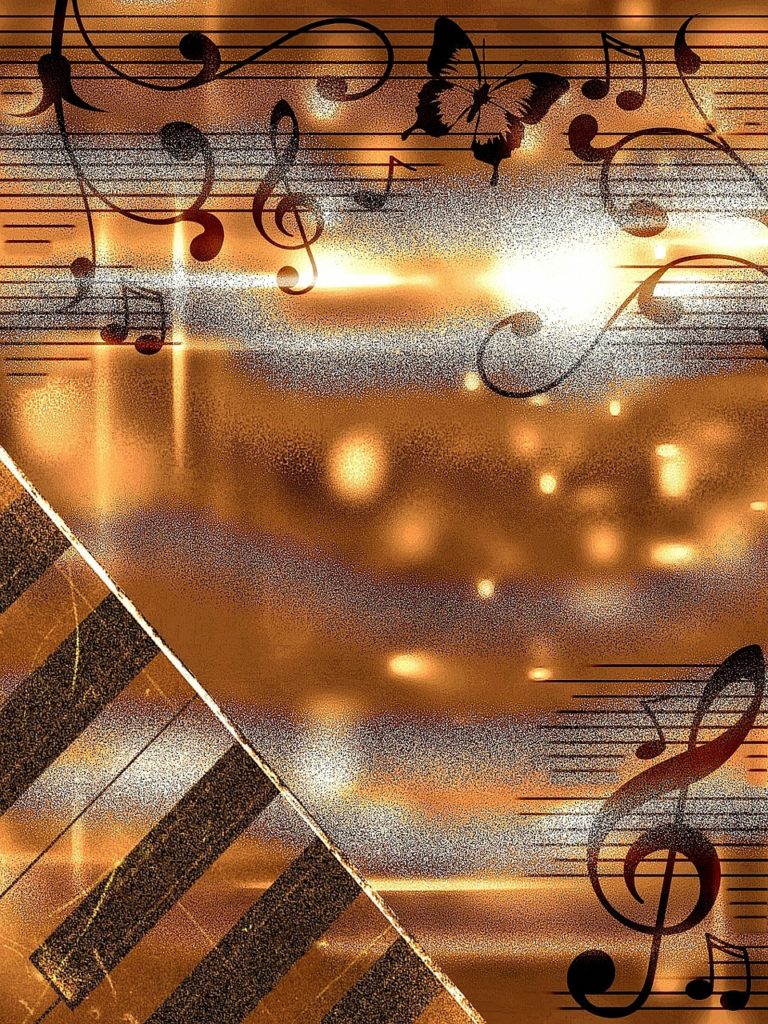What’s a chord progression? It’s when you have a sequence of successive harmonies. In this post, we’ll look at common chord progressions, including rock n roll, the 12 bar blues, and jazz chord progressions. These can work as either piano chord progressions or guitar chord progressions. Read “Chord Progression (Including the 12 Bar Blues)” to learn the harmonic structure for these three styles of music. Estimated reading time 4 minutes.
Read More

